Did you know the wet wipes1 you just used might take 100+ years to decompose? As global demand surges, manufacturers face a dilemma: meet hygiene needs or address environmental backlash. Let’s dissect this modern essential.
Wet wipes are primarily made from nonwoven fabrics2, such as spunlace3, which consist of natural fibers like wood pulp, cotton, or bamboo, and synthetic fibers like polyester or polypropylene. These fabrics are impregnated with solutions containing water, moisturizers, preservatives, and other functional ingredients to enhance their cleaning and preservation properties.
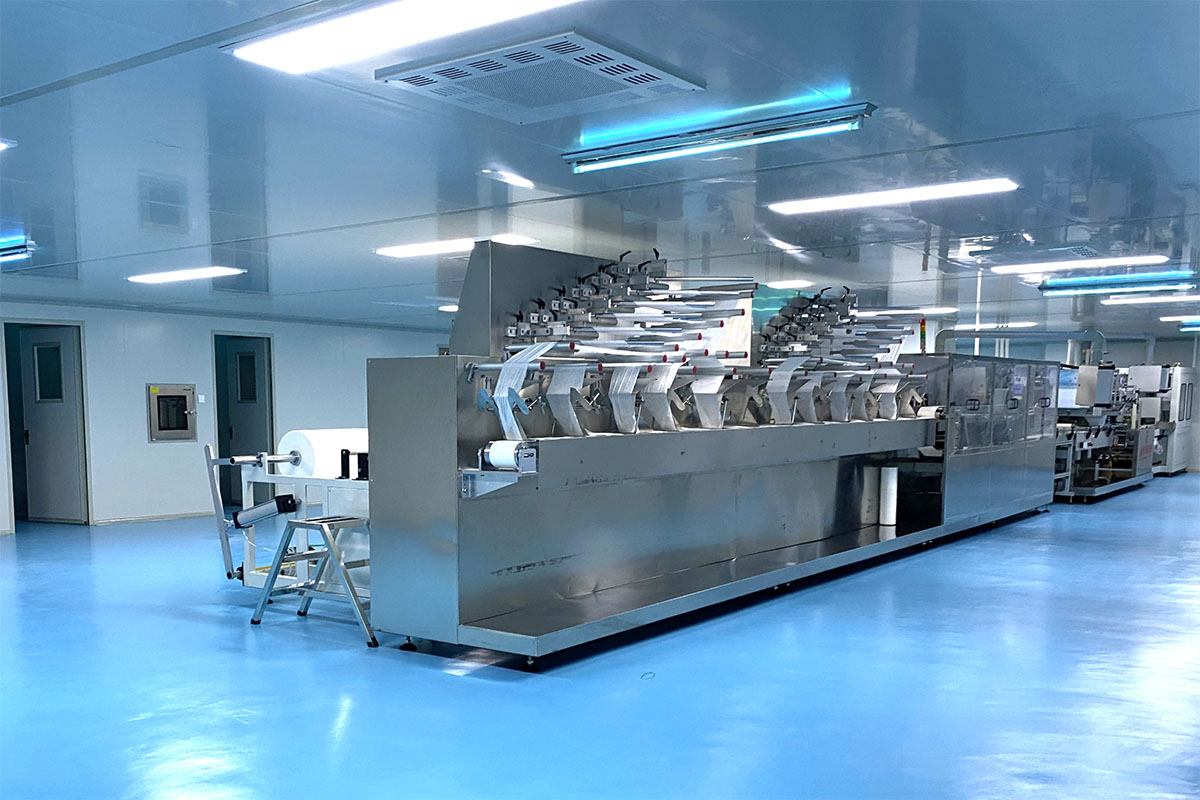
While wet wipes seem simple, their creation involves material science breakthroughs and environmental trade-offs. Below, we’ll unpack controversies like microplastic pollution4 and explore how industry leaders are reinventing this everyday product.
Understanding the composition and production of wet wipes is essential for making informed choices as consumers and for manufacturers aiming to improve product quality and sustainability.
What Are Wet Wipes Made From? The Hidden Chemistry
Why does your “natural” wipe still contain synthetic polymers? Most consumers don’t realize even “eco” wipes blend multiple materials. Let’s decode what really goes into these moist sheets.
Wet wipes contain three core components: a substrate (70-80% non-woven fibers5), moisture solution (purified water + preservatives), and functional additives (aloe vera, surfactants). The choice of fibers affects the wipe’s absorbency, strength, biodegradability6 and skin safety.
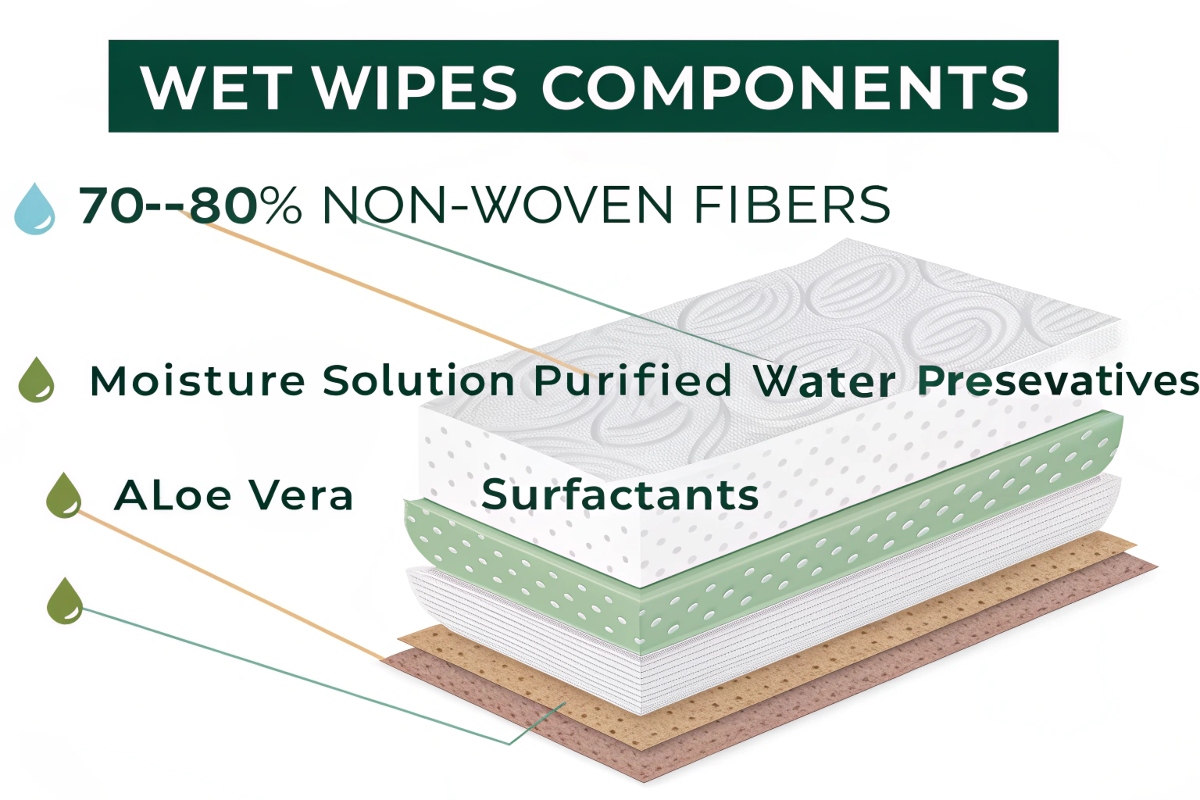
Material Breakdown: From Forests to Factories
| Component | Conventional Choice | Eco Alternative | Key Challenge |
|---|---|---|---|
| Substrate | Polyester/wood pulp blend | Bamboo/PLA fibers7 | Cost (PLA is 3× pricier) |
| Moisturizer | PEG compounds | Coconut-based esters8 | Preservation efficacy |
| Additives | Synthetic surfactants | Enzymatic cleaners | Stability in moist environments |
The shift to plant-based materials isn’t straightforward. Bamboo fibers, while renewable, require energy-intensive processing. PLA bioplastics need industrial composting – unavailable to 83% of households. Our OEKO-TEX certified lines now use FSC-mixed pulps9, balancing cost and sustainability. And we are increasingly exploring combinations of these materials to balance performance with environmental considerations.
What Are the Raw Materials for Wet Wipes?
Why do “flushable” wipes still clog sewers? The answer lies in raw material selection. Let’s examine what feeds the $23.4 billion wet wipes industry.
Key raw materials include wood pulp (40% global usage), polyester (35%), and viscose (15%). Emerging options like hemp fibers and mushroom-derived chitosan are gaining traction but face scalability issues.
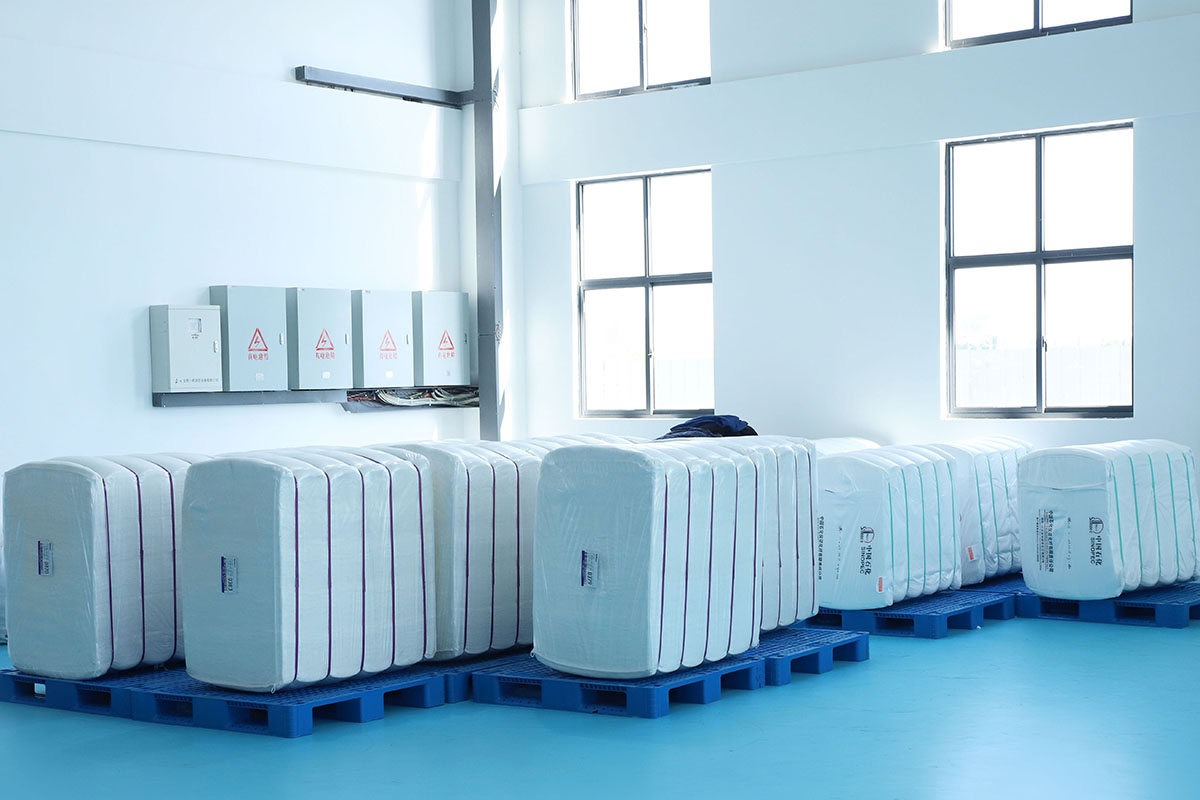
Material Sourcing: Environmental Trade-Offs
-
Wood Pulp
- Pros: Biodegradable, soft texture
- Cons: 18% comes from endangered boreal forests
- Our Practice: 100% FSC-certified suppliers10 since 2020
-
Synthetics
- Pros: High durability, low cost
- Cons: Sheds [microplastics](https://news.mongabay.com/2023/10/microplastics-pose-risk-to-ocean-plankton-climate-other-key-earth-systems/)11 impacting marine life
- Innovation: Recycled PET from ocean plastics
-
- Growth: 1 meter/day vs. pine’s 30 cm/year
- Challenge: 60% higher production costs
How Are Wet Wipes Made? Behind Factory Doors
Ever wondered how 200,000 wipes/hour get produced? As a Walmart-approved manufacturer, we’ll reveal our 8-stage production process.
Wet wipes manufacturing involves: 1) Fiber blending, 2) Web formation, 3) Hydroentangling, 4) Solution mixing, 5) Impregnation, 6) Cutting, 7) Packaging, 8) Sterilization. Automation ensures ±0.5ml solution accuracy.
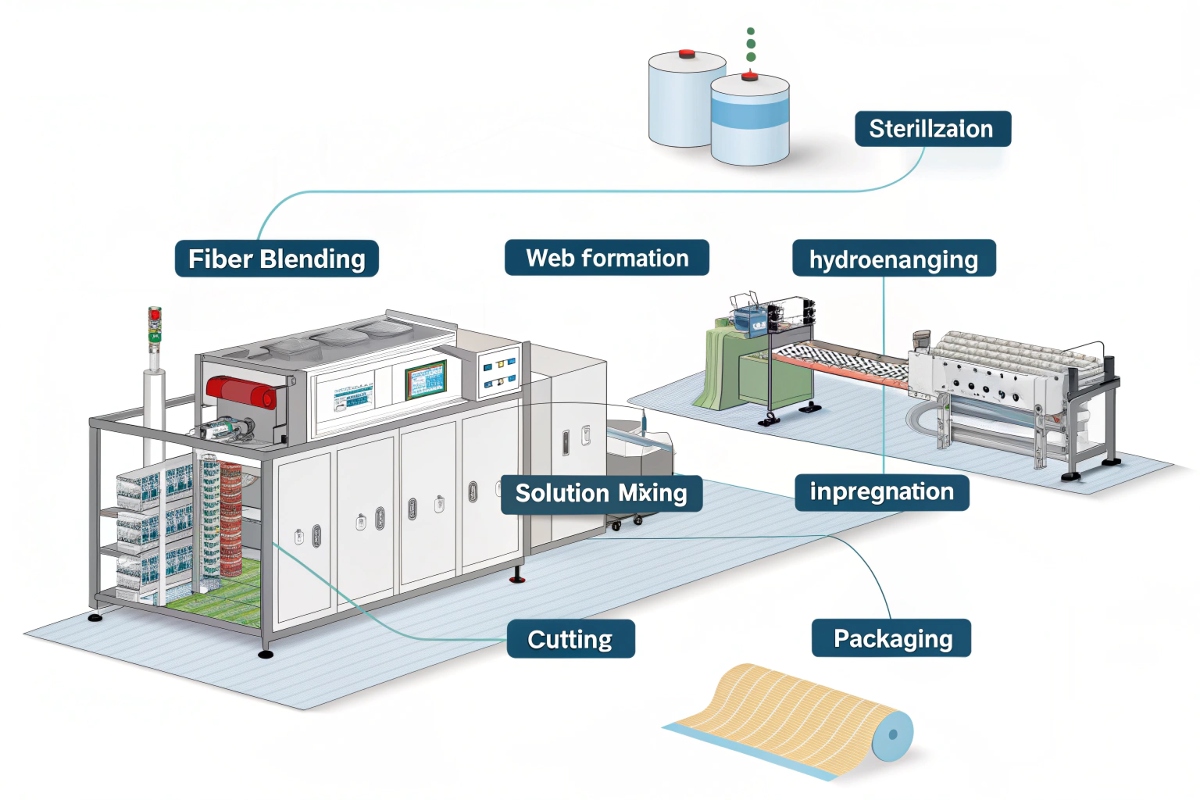
Production Stage Breakdown
| Stage | Technology Used | Quality Control Checkpoints |
|---|---|---|
| Fiber Preparation | Bale opening machines | Moisture content (<12%) |
| Web Formation | Carding-crosslapper units | Basis weight variance ≤5% |
| Bonding | Hydroentanglement jets | Tensile strength ≥18N/5cm |
| Impregnation | Vacuum saturation | Solution pickup ±2% |
| Packaging | Nitrogen flushing | Seal integrity testing |
Our ISO 9001-certified lines use IoT sensors to monitor real-time viscosity and pH levels. A failed 2021 FDA audit taught us harsh lessons – now 3-stage QC checks prevent recalls.
Conclusion
Wet wipes manufacturing balances hygiene demands with ecological responsibility. Through material innovation and process automation, the industry is transitioning toward compostable solutions13 without sacrificing performance.
Understanding the materials and processes involved in wet wipes manufacturing sheds light on the complexities of creating these everyday products. As the industry evolves, there is a clear shift towards incorporating sustainable practices14 and materials to address environmental concerns. By staying informed, consumers and manufacturers alike can make choices that align with both performance needs and ecological responsibility.
Elbert Zhao
Founder, ELBERT Wipes Solutions
📧[email protected] | 🌐 www.elbertwipes.com
8 production lines | 22 processing lines | OEKO-TEX certified | Walmart-approved supplier
-
Explore the environmental effects of wet wipes to understand their long-term impact on our planet. ↩
-
Learn about nonwoven fabrics to see how they contribute to various products, including wet wipes. ↩
-
Discover the properties and applications of spunlace fabric, a key component in many hygiene products. ↩
-
Understanding microplastic pollution is crucial for making informed choices about products like wet wipes. Explore this link to learn more. ↩
-
Discover the significance of non-woven fibers in wet wipes and other products, enhancing your knowledge of material choices. ↩
-
Learn about biodegradability and its importance in sustainability, especially in everyday products like wet wipes. ↩
-
Explore the advantages of Bamboo/PLA fibers for eco-friendly products and their impact on sustainability. ↩
-
Discover the effectiveness of Coconut-based esters in cosmetics and their benefits over conventional moisturizers. ↩
-
Learn about FSC-mixed pulps and their role in promoting sustainable forestry practices and eco-friendly products. ↩
-
Exploring FSC certification can help you understand sustainable practices in sourcing materials and their environmental benefits. ↩
-
Understanding the effects of microplastics is crucial for addressing marine pollution and protecting ecosystems. ↩
-
Discover why bamboo is a sustainable choice and its advantages over traditional materials in terms of growth and environmental impact. ↩
-
Learning about compostable solutions can inform you about eco-friendly alternatives in the wet wipes market and their benefits. ↩
-
Discovering sustainable practices can provide insights into how industries are reducing their environmental footprint and improving product lifecycle. ↩

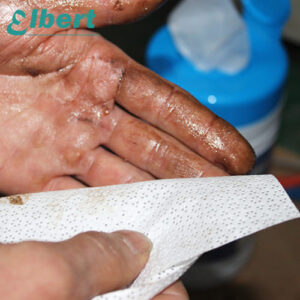
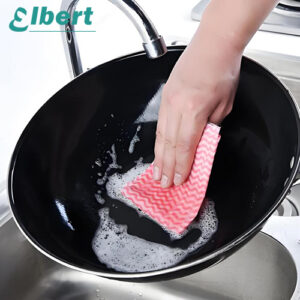
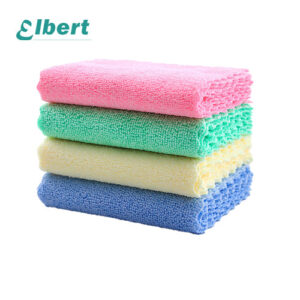


2 Responses
Je recommande vivement Ernestopro.fr pour tous ceux qui s’intéressent à la fabrication de lingettes humides durables. Leur expertise et leurs solutions innovantes permettent de réduire l’impact écologique tout en assurant une qualité optimale des produits finis. Grâce à Ernestopro.fr, il est possible de concilier efficacité, respect de l’environnement et conformité aux normes, ce qui constitue un atout majeur dans ce secteur. Leur accompagnement personnalisé et leur savoir-faire en matière de matières premières sont particulièrement appréciables pour développer des produits plus responsables et durables. Je suis convaincu que cette entreprise est la référence qu’il faut pour surmonter les défis liés à la durabilité dans la fabrication de lingettes humides.
Thanks!